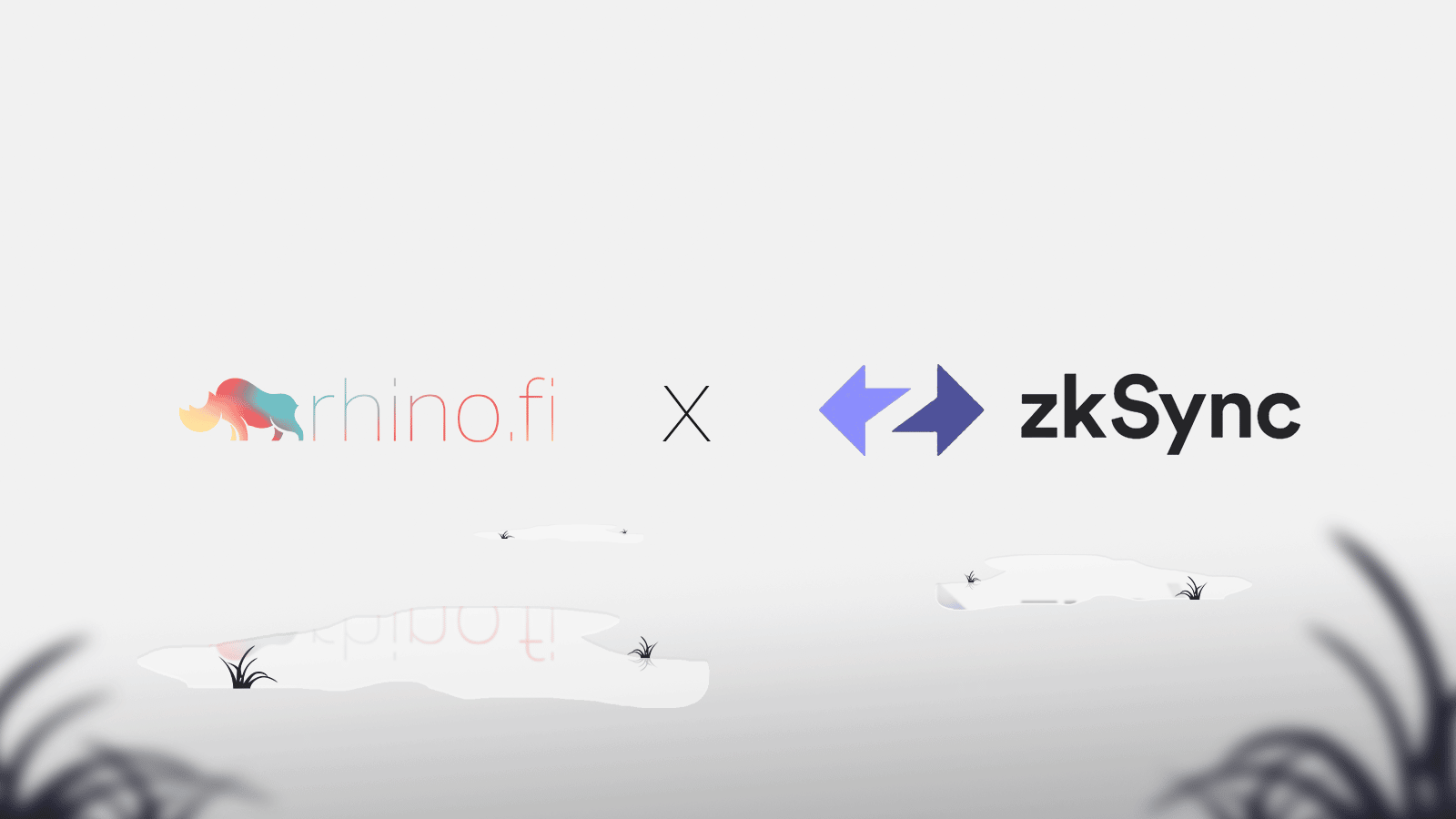We have always believed that zero knowledge, or zk, proof technology is the end game of Ethereum scaling.
We chose StarkEx as our starting point because the technology was close to mature for a tailored use case of high-speed, low-cost trading.
Back then, most people involved in zk scaling research believed that while it was feasible to have application-specific zk rollups tailored to specific use cases like payments or trading, it would be many, many years before general-purpose computation, such as the Ethereum Virtual Machine, could be replicated in a zk rollup.
However the pace of innovation has been staggering since then.
Many teams are now proving that zk rollups can be used to scale a general-purpose VM, and they’re doing so much earlier than expected. At present, zkSync, Polygon Hermez, and StarkNet are all preparing to launch on mainnet Ethereum.
zkSync has championed this idea from early on, and has built a fantastic ecosystem around itself, which can be viewed on the zkSync ecosystem page.
Our goal is to become a platform that integrates all rollups and EVM chains into one seamless user experience, and so we knew we had to be on zkSync from day one of its launch.
An entire ZK ecosystem
Our goal is to help rhino.fi users explore and interact with the zkSync ecosystem from the first time, and get the maximum benefit from the projects launching there.
To start with, we will deploy a bridge to zkSync, to help our users venture into the networks we already support: Ethereum, Polygon, BSC, and StarkEx.
Next we will launch cross-chain swapping, aggregating all exchanges and working with our partners at Paraswap.
Finally we plan to directly integrate with other DeFi projects building on zkSync to make their applications easier to access inside rhino.fi, including yield opportunities.
The benefits of zkSync 2.0 and zk rollup technology
One of the great aspects of zkSync is that it mimics the EVM so well that any existing solidity smart contracts can be deployed directly, and expected to work as they would on Ethereum or another EVM chain, such as Polygon.
And there are several unique improvements, too. One that we are particularly excited to make use of at rhino.fi is ‘account abstraction’.
Account abstraction is an incredibly powerful feature, and means that accounts can carry additional logic to improve user experience. This can include account recovery (instead of being reliant on a single private key), multisig wallets, paying fees in other currencies, and much more.
As a zk rollup, one of the core differences compared to other EVM chains is that the L1 state needs to be watched to confirm finality.
Blocks are submitted to L1 in 3 transactions:
- Commit
- Prove
- Execute
Blocks included in the Execute step can be considered final, and the L2 blocks within the proof then cannot be reverted.
Read More: rhino.fi









 Bitcoin
Bitcoin  Ethereum
Ethereum  Tether
Tether  Solana
Solana  XRP
XRP  Dogecoin
Dogecoin  USDC
USDC  Cardano
Cardano  Lido Staked Ether
Lido Staked Ether  Avalanche
Avalanche  TRON
TRON  Toncoin
Toncoin  Stellar
Stellar  Wrapped stETH
Wrapped stETH  Shiba Inu
Shiba Inu  Wrapped Bitcoin
Wrapped Bitcoin  Polkadot
Polkadot  Chainlink
Chainlink  Bitcoin Cash
Bitcoin Cash  WETH
WETH  Sui
Sui  Pepe
Pepe  NEAR Protocol
NEAR Protocol  LEO Token
LEO Token  Uniswap
Uniswap  Litecoin
Litecoin  Wrapped eETH
Wrapped eETH  Aptos
Aptos  Hedera
Hedera  Internet Computer
Internet Computer  USDS
USDS  Cronos
Cronos  Ethereum Classic
Ethereum Classic  POL (ex-MATIC)
POL (ex-MATIC)  Render
Render  Bittensor
Bittensor  Ethena USDe
Ethena USDe  Artificial Superintelligence Alliance
Artificial Superintelligence Alliance  Arbitrum
Arbitrum  Filecoin
Filecoin  Bonk
Bonk  Celestia
Celestia  Dai
Dai  Stacks
Stacks  WhiteBIT Coin
WhiteBIT Coin  Immutable
Immutable  Cosmos Hub
Cosmos Hub